Lyme Disease Ab (IgG and IgM)
(Specimen Container)
SST (Tiger Top)
(Transport Temperature)
| Temperature | Period |
|---|---|
| Room temperature | 7 days |
| Refrigerated | 14 days |
| Frozen | 30 days |
Gross hemolysis
Grossly lipemic
Grossly icteric
Lyme disease is caused by a bacterium borrelia burgdorferi and is transmitted by ticks. A screening test with high sensitivity is used as the first step in the CDC recommended algorithm. Immunoblot testing qualitatively examines, with high specificity, antibodies in a patient’s specimen. Immunoblot testing is appropriate for confirming a detected screening result.
ndexInterpretation
1.09 – Positive
As recommended by the Food and Drug Administration (FDA), all samples with positive or equivocal results in a Borrelia burgdorferi antibody screen will be tested using a blot method. Positive or equivocal screening test results should not be interpreted as truly positive until verified as such using a supplemental assay (e.g., B. burgdorferi blot).
The screening test and/or blot for B. burgdorferi antibodies may be falsely negative in early stages of Lyme disease, including the period when erythema migrans is apparent.

